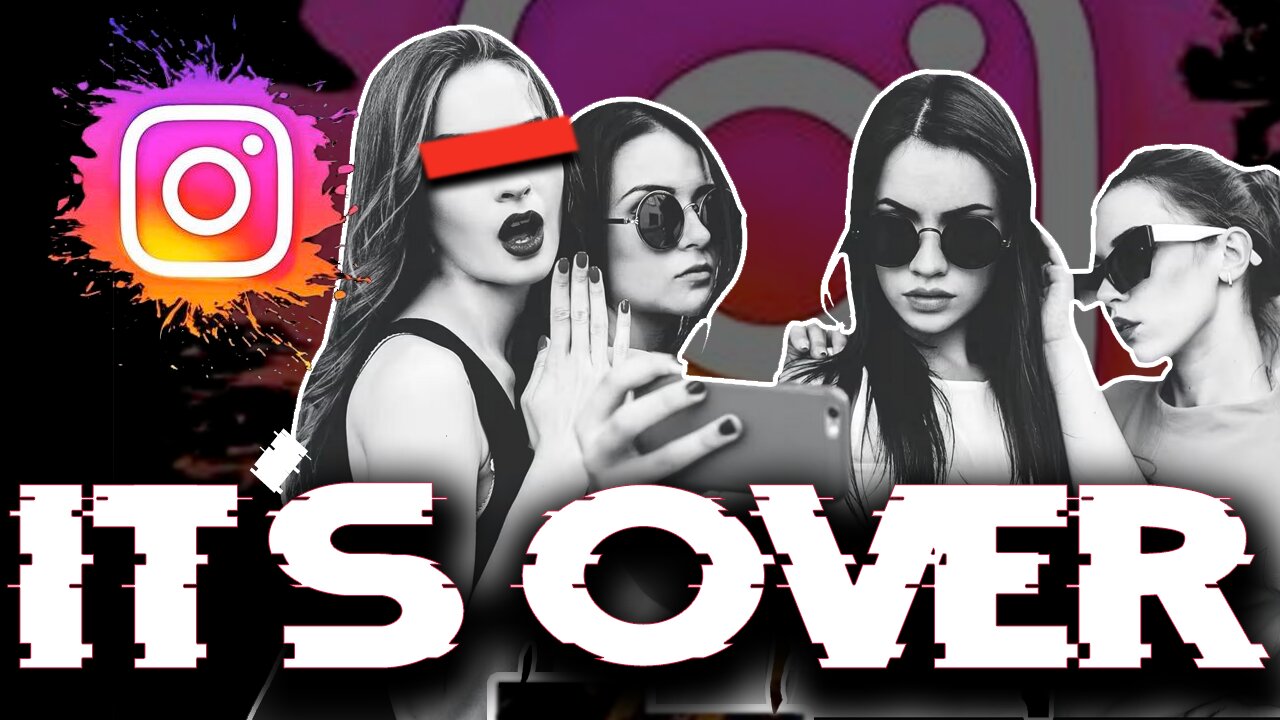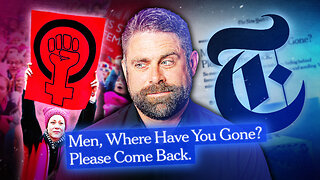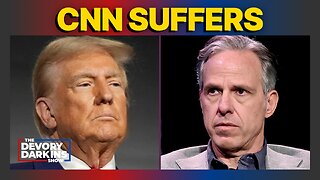Premium Only Content

Why Influencers Are Losing Their Grip on Reality
In 2024, social media influencers are facing a significant decline in trust and credibility. Once considered powerful figures in marketing, influencers are now losing their influence, particularly among younger generations like Gen Z. This change is due to the rise of "influencer fatigue," a growing disinterest in the repetitive and often inauthentic content produced by influencers across platforms like Instagram, TikTok, and YouTube. The influencers that once captivated audiences are now struggling to maintain their relevance, as consumers increasingly demand authenticity and transparency.
Research shows that influencers no longer hold the sway they once did. A 2024 study revealed that nearly half of teenagers and young adults aged 13-22 no longer trust influencers as they once did. In fact, 53% of respondents reported trusting the opinions of strangers over influencers, signaling a massive shift in consumer behavior. This decline in trust has been attributed to several factors, including oversaturation of sponsored content, fake influencers, and high-profile scandals.
The oversaturation of influencer marketing has made sponsored content feel repetitive and inauthentic. Social media platforms have become flooded with influencers promoting products in nearly identical ways, leading to a sense of monotony and disengagement from audiences. Consumers are bombarded with influencers who seem more interested in making money than in offering genuine product recommendations. According to recent studies, 47% of consumers report experiencing fatigue from seeing too many sponsored posts.
Another contributing factor to the decline in trust is the rise of fake influencers. Many influencers have resorted to buying followers and engagement metrics to boost their online presence. Studies show that up to 70% of some influencers’ followers may be fake. This has eroded trust in the influencer industry, as consumers are becoming more skeptical of influencers who may not even have the audience they claim to have. As a result, audiences are increasingly disillusioned with influencer culture and are turning away from influencers who seem more focused on brand partnerships than authentic engagement.
One of the most notable incidents contributing to the backlash against influencers was Tarte Cosmetics' Bora Bora influencer trip in February 2024. The brand sent thirty influencers on an all-expenses-paid trip to Bora Bora, where they stayed in luxurious bungalows and promoted Tarte products. While the trip was intended to enhance the brand’s image, it backfired, with many consumers criticizing Tarte for being tone-deaf during a time of financial instability. This incident reflected a growing disconnect between influencer culture and the realities of everyday life, further fueling the backlash against influencers.
The "de-influencing" movement has also gained significant traction as a response to the rise in influencer fatigue. This movement, popularized on TikTok, encourages followers to avoid excessive consumerism and instead focus on more mindful purchasing decisions. The hashtag #deinfluencing has garnered millions of views, signaling a shift in consumer values toward authenticity and genuine recommendations. Rather than endorsing products, de-influencers advocate for transparency and honesty, which resonates with younger generations who are increasingly skeptical of traditional influencer marketing.
The oversaturation of influencer promotions, combined with the rise of movements like de-influencing, has caused a shift away from influencer endorsements in favor of more authentic content. Millennials and Gen Z are increasingly drawn to creators who offer real, unfiltered opinions, as opposed to polished, branded content. This shift toward authenticity is reshaping the way audiences engage with social media and has led many brands to reconsider their reliance on influencers for marketing.
In conclusion, the rise of influencer fatigue and the increasing disillusionment with influencer culture reflect a broader shift in consumer preferences. As trust in influencers continues to decline, audiences are demanding more authenticity, transparency, and genuine engagement from the content they consume. The future of influencer marketing is uncertain, as brands and influencers must adapt to these changing expectations in order to remain relevant in a rapidly evolving digital landscape.
0:00 Declining Trust in Influencers
1:00 Why Influencers Are Losing Impact
2:03 Repetitive Sponsored Content
2:57 De-Influencing Movement
3:27 Fake Bot Engagement
4:13 Fake Charity Scandals
4:57 Influencer Scandals & Fraud
5:30 Forced Content Through Algorithms
6:28 Tai Lopez Here in My Garage
7:19 Everyone Promotes The Same Sponsors
7:57 Audiences Demand Authenticity
-
 LIVE
LIVE
JULIE GREEN MINISTRIES
1 hour agoLIVE WITH JULIE
20,960 watching -
 LIVE
LIVE
The Bubba Army
22 hours agoWander Franco found GUILTY! - Bubba the Love Sponge® Show | 6/27/25
3,151 watching -
 1:58:00
1:58:00
Nick Freitas
12 hours agoFeminism Is Killing Society
2.08K11 -
 22:17
22:17
Clownfish TV
21 hours agoThe Ironheart Narrative Begins...
3.56K5 -
 LIVE
LIVE
BEK TV
23 hours agoTrent Loos in the Morning 6/27/2025
123 watching -
 9:53
9:53
MattMorseTV
19 hours ago $19.38 earnedCNN just made a FATAL MISTAKE.
55.3K67 -
 25:23
25:23
Uncommon Sense In Current Times
16 hours ago $2.34 earnedInside Iran: Lana Silk on the Underground Church, the Islamic Regime & the Fight for Freedom
12.6K3 -
 12:59
12:59
Actual Justice Warrior
17 hours agoDemocrat Calls For Gangs To ATTACK ICE
6.85K19 -
 34:18
34:18
Athlete & Artist Show
4 days ago $1.57 earnedPanthers Win BACK 2 BACK, Bennett Wins Conn Smythe, Can Florida Keep The Rat Pack?
12K1 -
 23:08
23:08
DeVory Darkins
1 day ago $5.90 earnedCNN suffers HUMILIATING SETBACK after Iran confirms damage to nuclear sites
15.5K86